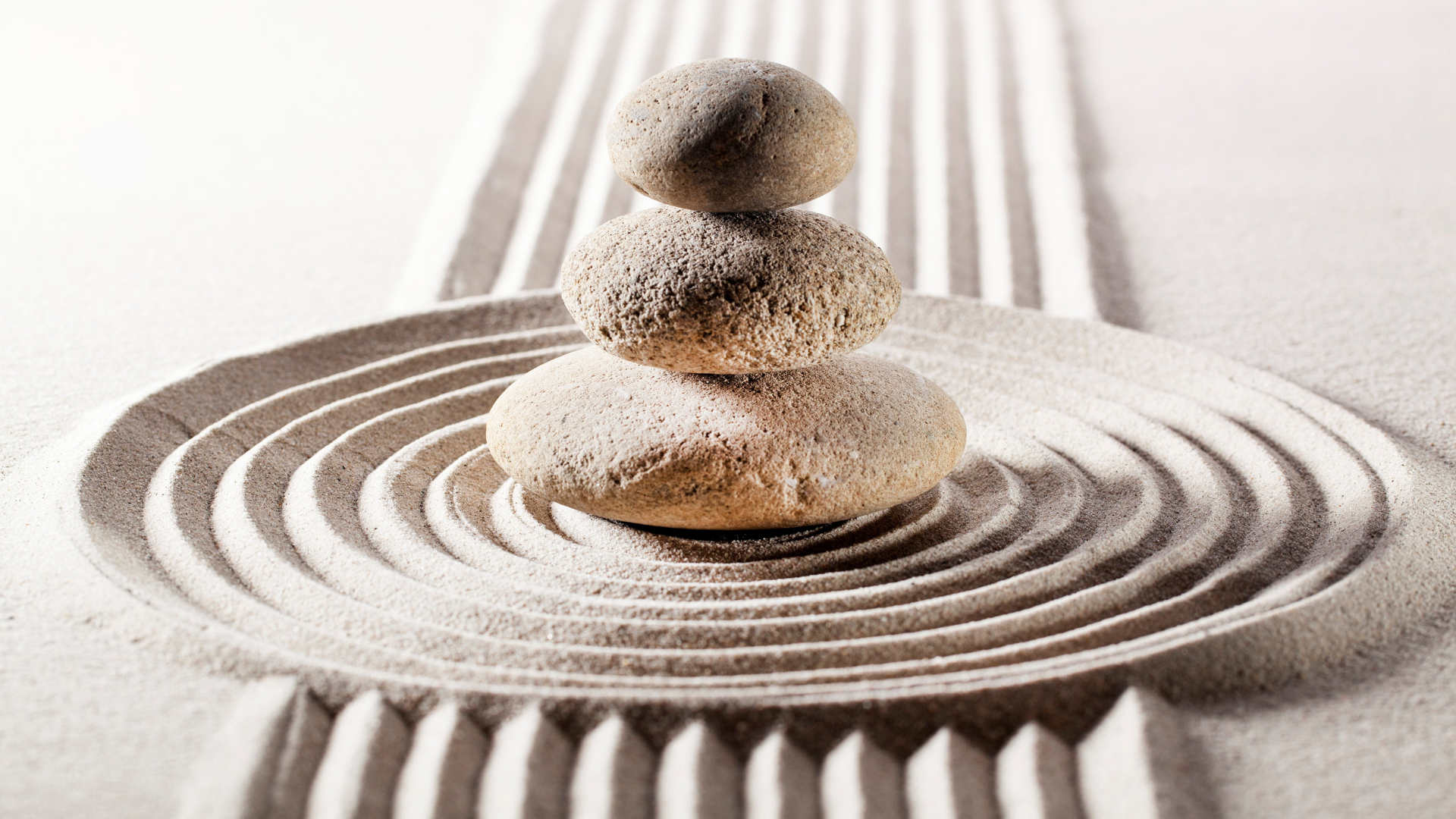Mindfulness used to mean a quiet cushion, a teacher’s guidance, and a daily practice. In 2025, it still can, but it increasingly includes gentle, evidence-informed tools that help people access presence faster and with less friction. People aren’t replacing meditation; they’re layering it with mindfulness tech that nudges attention, calms the nervous system, or trains brain rhythms in short, repeatable doses.
Mindfulness Tech: The New Frontier of Modern Awareness
The shift is driven by two forces: rising demand for scalable wellness (more people want mental health tools that fit a busy life) and better science showing that low-intensity sensory stimulation like light, sound, and wearable feedback can safely support mood, focus, and brain adaptability. This blog looks at what’s actually changing, what the research says, and how devices like NeuroVIZR fit into a modern, practical mindfulness toolkit.
-
Mindfulness goes hybrid: apps meet sensors
People still use guided sessions, but many now add short tech-enabled modules. The mindfulness tech and wellness app market has grown rapidly as consumers look for on-demand tools that fit commutes, micro-breaks, and work schedules. The broader wellness-app category was valued in the billions in 2024–25, showing continued user demand for digital mental wellbeing. -
Sensory stimulation: light and sound as attention training
Research from controlled trials shows audiovisual stimulation (AVS) can measurably reduce anxiety and improve mood in short sessions, effectively acting as a focused mindfulness primer before meditation or demanding cognitive work. Audiovisual stimulation uses rhythmic light and sound to guide brain activity into more relaxed or more focused states, creating a consistent, repeatable anchor for attention practice. -
Targeting brain rhythms: the 40 Hz story
A growing body of work has explored how specific rhythmic stimulation (for example, gamma-range 40 Hz) influences brain networks and markers of brain health. While much of the breakthrough work began in laboratory settings and animal models, recent human research and trials are expanding our understanding of how rhythmic sensory input can support neural synchrony and cognitive resilience. That doesn’t mean instant cures; it means new, experimentally supported ways to support brain adaptability that can be paired with mindfulness practice. -
Wearables that support practice, not replace it
Wearable neurostimulation and biofeedback devices are maturing. Instead of promising dramatic transformations overnight, leading devices offer short, perceived improvements in calm or focus and data that helps users create consistent routines. The wearable neurostimulation category is growing fast, reflecting stronger consumer interest and product maturity. Users treat these tools as training wheels for habits: quick sessions that prep the brain for longer mindful practice or for a stressful meeting. -
From clinical labs to everyday spaces
Once restricted to clinics, neurofeedback and multisensory interventions are moving into spas, corporate wellness programs, and at-home devices. Meta-analyses and trials show multisensory and audiovisual stimulation can reduce agitation and negative mood states in certain groups, supporting the translation of lab concepts into accessible services. That translation makes mindfulness more inclusive; people who struggle with traditional seated meditation can still get sensory-led benefits that scaffold attention and regulation. -
Data, safety, and the ethics of gentle tech
As mindfulness tech scales, so does scrutiny. Good devices prioritize safety, clear limits, and user control. Unlike invasive interventions, the tools shaping mindfulness in 2025 emphasize low intensity, short sessions, and clear opt-in features. Responsible makers publish pilot data, use clinically informed protocols, and avoid overclaiming therapeutic outcomes. Tech should expand access without replacing personalized care when it’s needed. -
Practical combos: how people use tech and practice together
Popular real-world routines in 2025 are pragmatic: a 6–10 minute audiovisual stimulation primer to drop into a calm baseline, then a 10–15 minute guided attention practice, and brief biofeedback check-ins during the day. These micro-habits add up. Users report the tech makes it easier to start and to notice incremental improvements in concentration and mood, which reinforces continued practice. -
Where NeuroVIZR fits in
NeuroVIZR is part of this modern wave, a non-invasive, sensory-focused tool designed to support brain adaptability and mindful attention. It’s positioned as a companion, not a replacement, to meditation and therapy. By offering short, structured sensory sessions informed by emerging research on audiovisual stimulation and rhythmic entrainment, NeuroVIZR helps people get into the right mental state faster and build consistency. As with all responsible tools, it’s best used with awareness of personal limits and, when appropriate, in conversation with healthcare providers.
In 2025 mindfulness looks less like a niche spiritual practice and more like a flexible skillset supported by technology. That doesn’t mean meditation is dead. It means people have more options to get into present-moment awareness: guided apps for teaching skills, short sensory sessions for quick regulation, and wearables for habit nudges. The biggest win is accessibility; more people can discover a way to calm, focus, or reset that fits their life.
Science is still catching up, but the early evidence is promising. Audiovisual stimulation and rhythm-based methods show real effects on mood and cognitive states in controlled studies. Markets for wearable neurostimulation and other mindfulness tech solutions are expanding, which brings innovation and also the need for measured claims and safety-first design. If you’re curious, try short, reproducible sessions, track subjective benefits, and use tech as a bridge to deeper practices rather than a shortcut. Tools like NeuroVIZR are designed to do exactly that: support attention, encourage practice, and make mindful moments easier to find in a busy world.



Trending Wellness Practices in 2025
How 40 Hz Light and Sound Are Shaping Brain Longevity Research